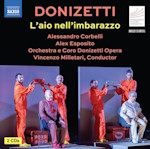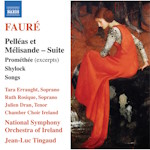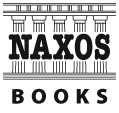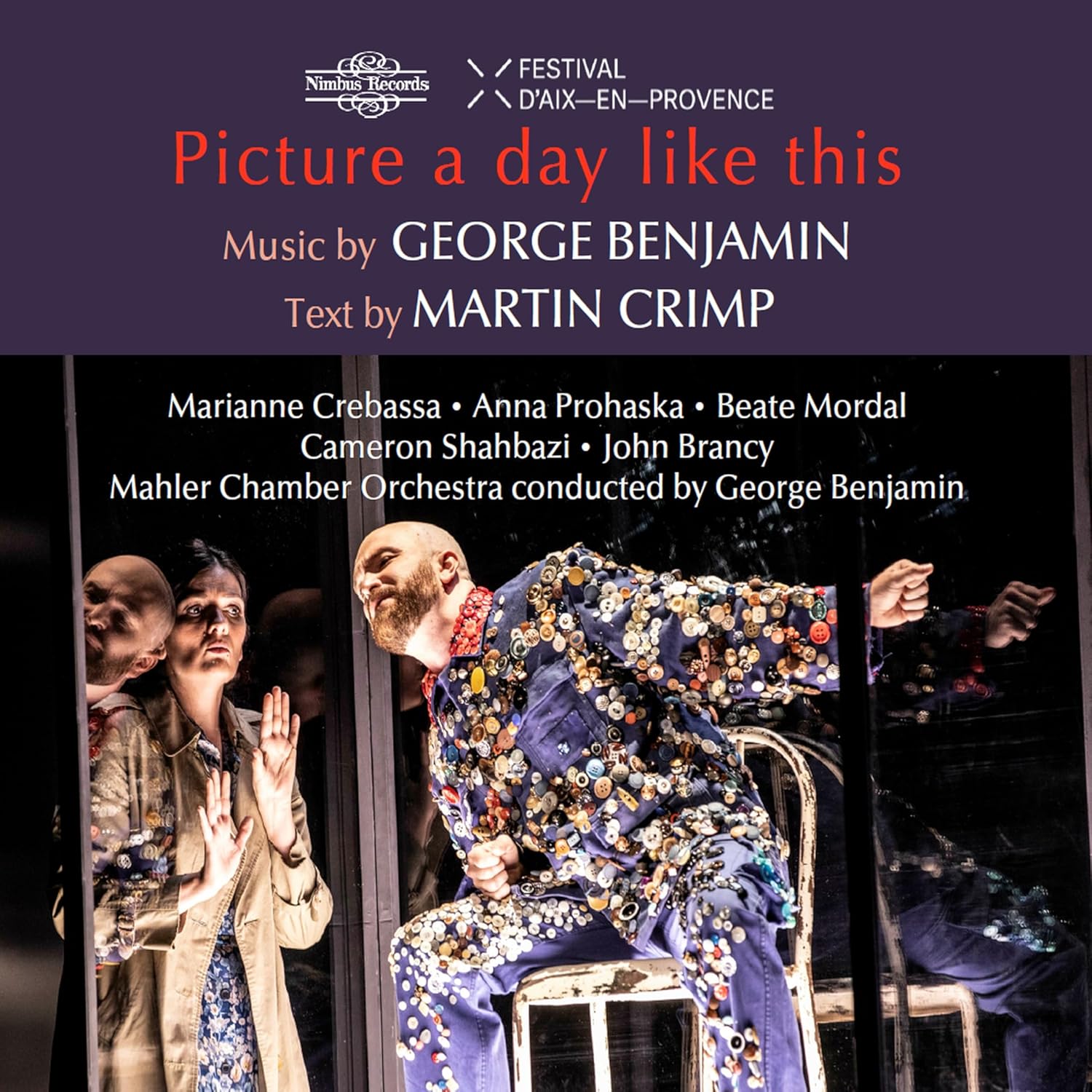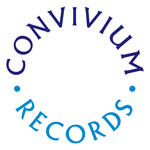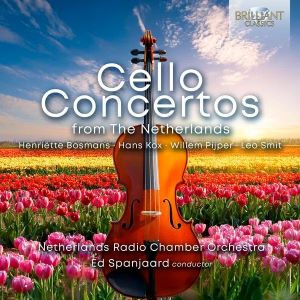
Cello Concertos from the Netherlands
Henriëtte Bosmans (1895-1952)
Poème (1926)
Willem Pijper (1894-1947)
Cello Concerto (1936 rev. 1947)
Leo Smit (1900-1943)
Cello Concertino (1937)
Hans Kox (1930-2019)
Cello Concerto (1969)
Dmitri Ferschtman (Bosmans), Heinrich Schiff (Pijper), Pieter Wispelwey (Smit), Quirine Viersen (Kox)
Netherlands Radio Chamber Orchestra/Ed Spanjaard
rec. 1993, Concertgebouw, Haarlem, The netherlands
Brilliant Classics 97001 [56]
Over thirty years ago the Netherlands Radio Chamber Orchestra and Ed Spanjaard recorded four small-scale, roughly quarter-of-an-hour works for cello and ensemble with four leading cellists. The Bosmans Poème appeared on the NM label coupled with her Flute Concertino before being taken up by Etcetera’s 10-CD set called ‘Forbidden Music in World War 2’. Leo Smit’s Concertino also appeared in that box. Willem Pijper’s Concerto was recorded by Mengelberg in 1937 and this appeared on Audiophile, whilst Hans Kox’s Concerto, recorded by Anner Bijlsma in a competing reading to the one in this disc, was released on Attaca on an all-Kox CD. So, in short, two of these performances, the Bosmans and the Smit, have appeared before. The other two are rather more elusive and though they certainly could have been released over the years, they make for an attractive Dutch programming – the contemporary Kox Concerto functions as a bracing example of the modern school.
Two of the works share a dedicatee, Marix Loevensohn, solo cellist of the Concertgebouw Orchestra. If was for Loevensohn that Henriëtte Bosmans wrote her attractive Poème in 1926. It opens in romantic splendour then adds some ripely lyrical warmth and dancing folklore in the scherzo-like section before ending quietly and gently. Pijper’s 1936 Concerto lasts, like Bosman’s work, around 14 minutes and was written for, and premiered by, Loevensohn at his farewell performance before the war. It’s a five-movements-in-one work, so each section is both deft and short. The orchestration is precise and each section is finely calibrated. The Scherzo, for example, is sufficiently urgent, and the central slow movement is introspective and warm. Again, as with Bosmans’ work, the end is quiet. The concerto was revised in 1947, in which form it’s performed here, as Pijper was at pains to foreground the cello and to clear away some obstructive orchestration.
Leo Smit’s Concertino was written a year after Pijper’s Concerto and it too oscillates between intensity and lyricism though its predominant mood is one of rhapsodic warmth. Smit’s writing for wind punctuation is notably effective and he ensures there is rather more tart orchestration in the Scherzo. The finale of this three movement work darts athletically accompanied by some rather martial figures. Hans Kox’s Concerto of 1969 occupies an interesting zone between modernist and traditional. It’s edgy and uneasy and even terse and in the central Canzonetta an initial impulse toward the lyrical is undermined by more pinched and acerbic writing, the music fluctuating between he two states, never stabilising. The finale offers a sequence of crisp variations, satisfactory in their effect.
The four soloists are Dmitri Ferschtman (Bosmans), Heinrich Schiff (Pijper), Pieter Wispelwey (Smit) and Quirine Viersen in the Kox. They all play with splendid commitment and authority and with the same orchestra and conductor involved there is a uniformity of purpose and execution. If the programme appeals, you’ll be assured on top quality performances and recordings.
Jonathan Woolf
Buying this recording via a link below generates revenue for MWI, which helps the site remain free





